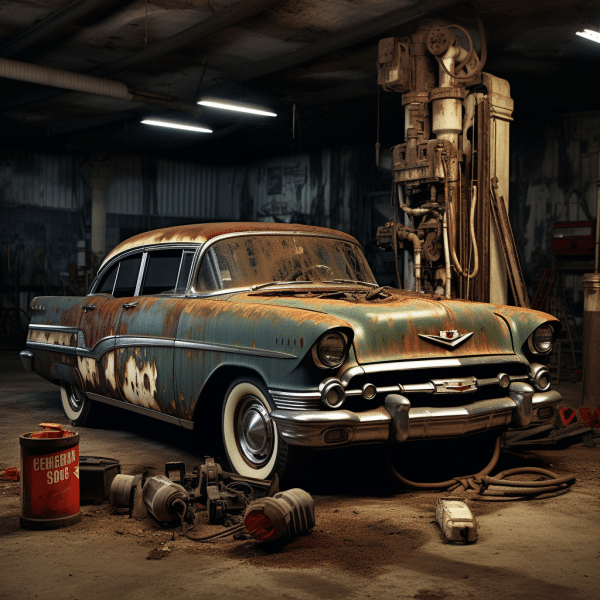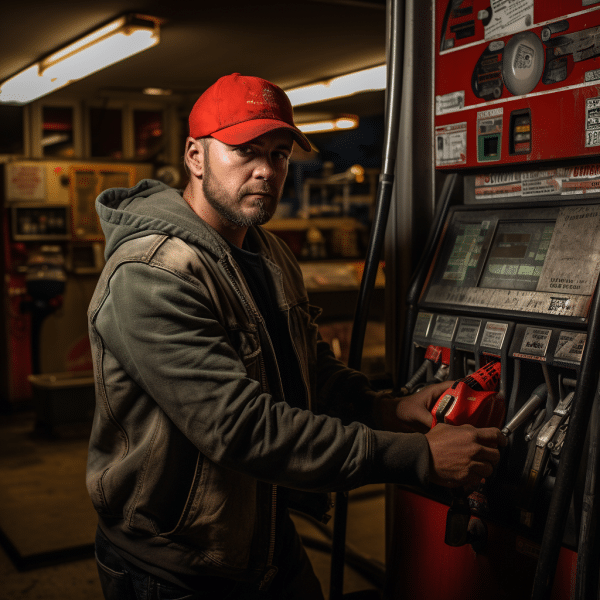
Common Problems After Changing a Fuel Pump

Fuel pump replacement: Your car is starting to run rough, and you know there is an issue. You start thinking about how much you can expect to pay for a fuel pump and if it’s worth the time and money to diagnose and fix the problem. While this article will not be a comprehensive inspection of your vehicle, it will help you identify possible issues. We’ll also go over some common symptoms you might experience if the fuel pump is failing.
Problems you Might Experience after Changing the Fuel Pump
Changing the fuel pump on your car may seem like a straightforward process, but several things can go wrong if you don’t do it right. In fact, things can go wrong even if you do it right, but your car is not ready for the change. Here are some of the most common problems that are associated with a recent fuel pump change:
1. Engine runs roughly
It is not uncommon to hear people complain that their vehicle idles or runs roughly after a fuel pump change. This problem primarily occurs because the engine is not getting enough fuel, which sounds absurd. After all, you have just replaced the fuel pump. However, there’s a logical explanation.
Cause
If your car idles or runs roughly right after a fuel pump replacement, improper installation might have a hand in it. Specifically, there might be a wire harness issue. As a result, the fuel pump might be starving the engine of power.
How to fix
Fixing this is not too hard. First, you’ll need to ensure that all the electric connections in the engine are secure and are making the necessary contact with the engine itself or with their counterparts.
2. No fuel pressure or hard start
The second most recurrent problem after installing a new fuel pump is the hard start. Sometimes the vehicle is difficult to start and cranks for around 30 seconds after sitting for even periods.
Cause
Sometimes after installing a new fuel pump, there is no fuel pressure. This does not mean that the pump is faulty. However, the lack of fuel pressure causes the engine to stop or fail to start running.
How to fix
To fix this issue, remove the line that goes to your fuel filter from the top of the tank. Next, install a fuel pressure gauge on it. Next, plug a hose into the line that goes into the filter. Finally, remember to open up some vents in your hood to aid with ventilation.
The reading on the fuel pressure gauge should be 60 to 80 PSI or 45 to 55 PSI in other models. For accuracy, refer to your owner’s manual for the exact figures before starting this exercise.
If there is no fuel on the line, you might be dealing with a leak somewhere.
On the other hand, if there is too much resistance at the pump, it will continue to crank until it gets enough fuel pressure to start. However, if there were no anomalies with the wiring harness, your fuel pressure should be at a constant level.
If you do not have a fuel pressure gauge, you can still use an ODB II scanner to diagnose the problem.
The next thing that you should check is the relay that controls the fuel pump and whether it’s getting any power from your car’s electrical system.
3. Inconsistent reading on Fuel gauge after fuel pump replacement
After replacing your fuel pump, you might notice that your gas gauge is giving inconsistent readings. It might bounce back and forth between “full” and “empty” or linger in the middle. Either way, it’s a serious issue that needs to be addressed.
Cause
There are two primary ways you can change your fuel pump. You can change the motors and the pump or replace the fuel pump housing.
If you encounter this problem after installing a new fuel pump, the fuel gauge sending unit is most likely responsible.
How to fix
If you only replaced the motor and the fuel pump, you might need to consider replacing the sending unit too. On the other hand, if you have installed a new fuel pump housing, you might need a better quality sending unit.
Fuel sending units are vulnerable to high pressure and temperatures from fuel. This can make them break down quicker than they should, which can cause inconsistent gas readings.
4. Fuel pump not working
If the fuel pump is not installed the right way up, you may experience problems like leaks from the engine’s bottom or not getting enough power to run. Some people describe the issue as “fuel pump not working after replacement,” or “the pump is not pumping.”
Cause
The most common reason for this is a wiring harness getting in the way. This is because the connector was installed upside down.
How to fix
This trend is more apparent in aftermarket parts and rarely in OEM parts. You will need to check the wiring harnesses to ensure that no wires are in the way of your fuel pump connector.
5. Fuel gauge does not work after replacing the fuel pump
After installing a new fuel pump, your fuel gauge may stop working.
Cause
Just like when the fuel pump is not working, this problem mainly occurs when you use low-quality aftermarket products.
How to fix
This can be solved by replacing the aftermarket fuel gauge sending unit with a better quality one. It’s better to get it straight from the manufacturer to ensure that it’s made for your car specifically.
Why is changing a fuel pump so challenging?
Changing the fuel pump can be tricky. This is because the fuel pump unit is located right in front of the engine ( below the mass air sensor.)
Therefore, if you go for an aftermarket fuel pump, it might not fit correctly, causing many problems.

Conclusion
The fuel pump is a basic part, without which your car will not run. Consequently, you should ensure that you buy quality units and have them installed by professionals.
